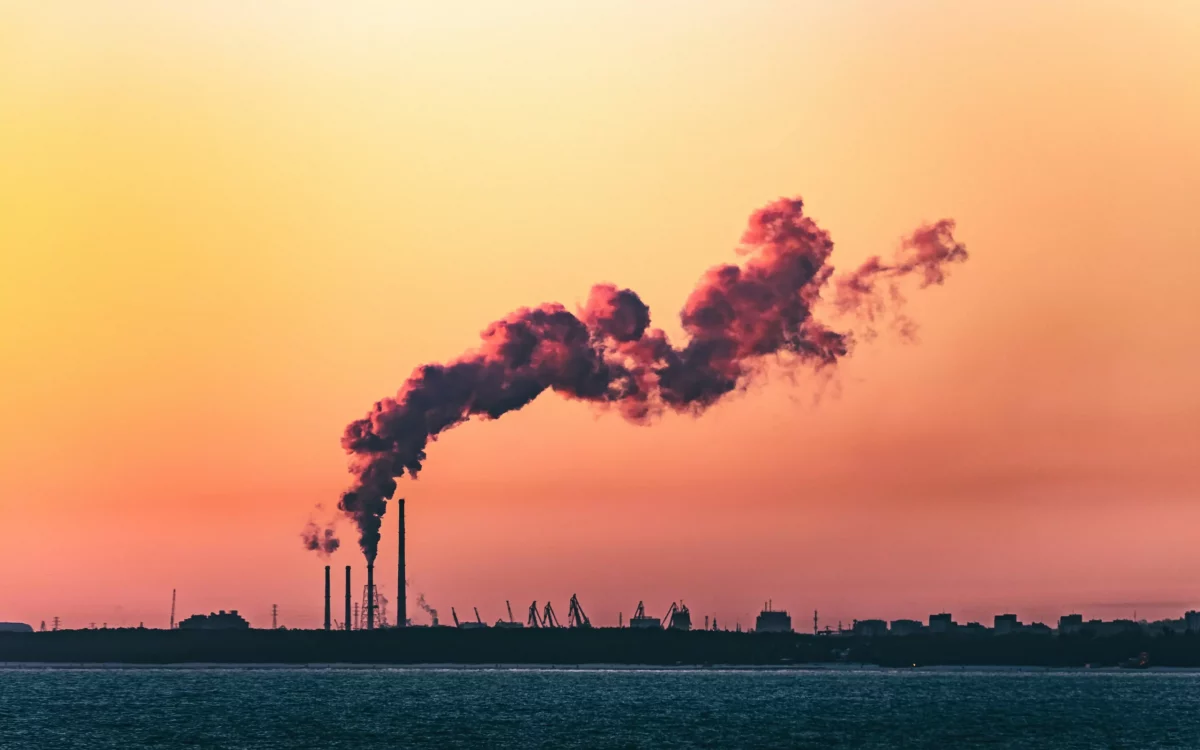The latest figures released by the International Energy Agency (IEA) have revealed that worldwide energy-related CO2 emissions hit a record high of 37.4 billion tonnes in 2023, due in part to drought-stricken regions’ inability to rely on hydropower.
Scientists have been warning for years that drastic cuts in greenhouse gas emissions will need to be made if the global community is to reach its climate change goals.
With a vast amount of these gases coming from fossil fuel usage, countries have increasingly looked to alternative and renewable sources in order to power homes and businesses, but Mother Nature doesn’t always see things the way governments do.
Last year, extreme droughts caused a 40% decrease in hydropower output worldwide. This in turn caused a 170 million tonne rise in emissions as affected regions were forced to turn back to traditional forms of power production.
“Without this effect, emissions from the global electricity sector would have fallen in 2023,” says the report from the IEA.
SOME GOOD NEWS
Despite the drought factor, however, some of the world’s bigger polluters were able to achieve reductions in emissions in 2023.
The European Union’s 9% fall in emissions was the biggest success story of the year, with the slow but steady shift to renewable energy generation coupled with a plunge in coal and gas power production leading the charge.
The United States was also a winner, with a 4.1% decrease, thanks in large part to its electricity sector.
China, normally a huge emissions culprit, also turned it around last year, offsetting its 5.2% emissions rise by becoming a massive contributor to the alternative power industry. Around 60% of new solar panels, wind turbines and electric vehicles came from China last year, meaning that the future there could see some steep drops in overall yearly emissions.
The IEA has said that, without alternative technologies, the global increase in energy-related CO2 emissions over the last five years would have been three times larger than the 900 million tonnes registered. The agency has also revealed that, for the first-time, at least half of the power produced by developed nations came from low emission sources in 2023.
Join the Monaco Life community – sign up for the Monaco Life newsletter, and follow us on Threads, Facebook, Instagram, LinkedIn and Tik Tok.
Photo source: Marek Piwnicki, Unsplash
